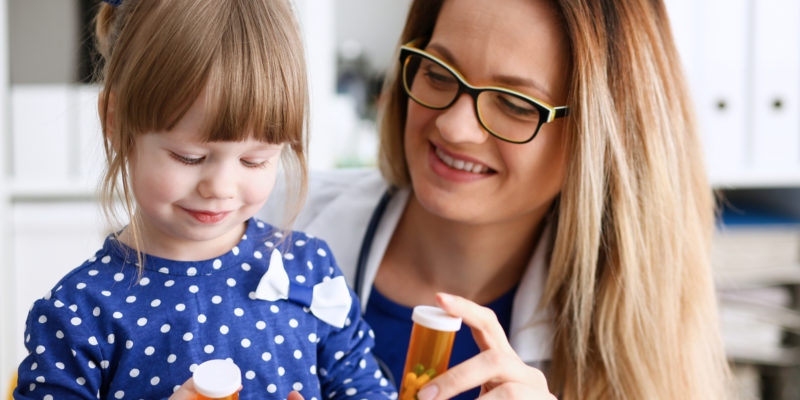Drug manufacturing in the future could be revolutionised thanks to technological innovation and the rise and rise of 3D printing. Such printers can now be used to synthesise chemicals and pharmaceuticals, work that could really push the digitisation of the chemical industry forward, allowing people to synthesise nearly any compound they can think of.
Last year, Alder Hey hospital in Liverpool became the first in the world to administer children with 3D-printed tablets, part of a research trial involving around 50 healthy children between the ages of four and 12.
According to Scroll, the study participants were asked to swallow traditionally manufactured placebos to establish the ideal size and shape for each age group.
Once this was established, 20 of the group then went on to swallow tablets made in a 3D printer that had been adapted to fit the task required of it. Such tablets can be rougher on the surface than mass-manufactured medication and may also result in stronger sensations in the mouth, so the team had to establish how children would potentially react to them.
It’s important for both babies and children to receive treatment that’s comfortable and formulas that taste nice so they don’t refuse their medication or dread upcoming appointments.
In the next two years, the Alder Hey team intends to administer 3D-printed drugs with active medication in them to children who need them, with the pills containing precise doses to fight illness, coming in sizes and shapes (as well as potentially colours and flavours) selected by the patients.
As the news source went on to note, 3D printing could ensure the possibility of redistributed manufacturing by decentralising the entire process. This means that tablets could be designed here in the UK and then printed in California, so the need for transportation over difficult territories could be eliminated. For example, drugs could be printed in remote rural locations or war and disaster zones, as long as printers were on site.
By being able to produce medication to exact specifications through the use of 3D printing, drugs can be tailored effectively to the needs of individual patients, which can be difficult to do using more traditional production techniques.
It also means that tablets could potentially be printed to contain numerous active ingredients, with dosages tailored to the age, race, gender and weight of each patient.
It could also help where orphan diseases are concerned (defined as a condition that affects fewer than 200,000 people nationwide, such as cystic fibrosis and Tourette’s), because it would be more cost-effective to print out smaller quantities of drugs as required, instead of mass-producing entire batches that have limited shelf lives.
If you need the advice or help of repackaging companies at the moment, give us a call today.

